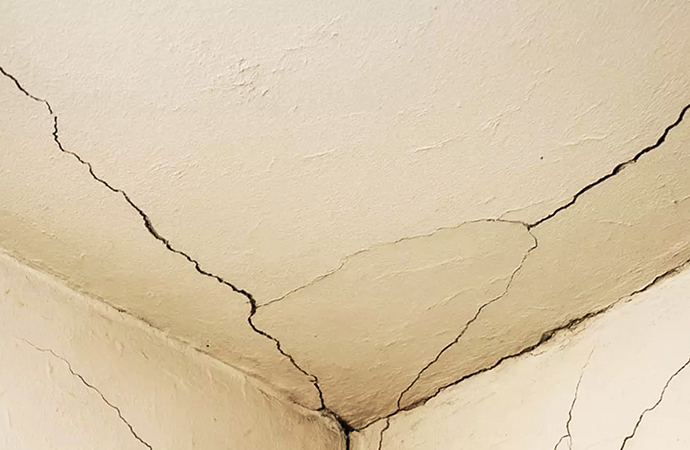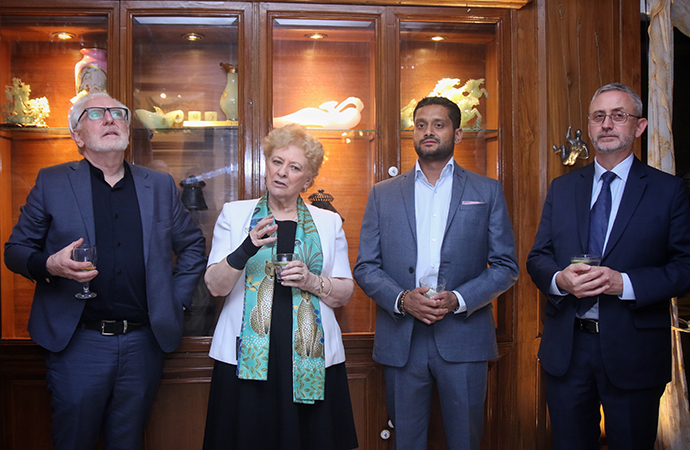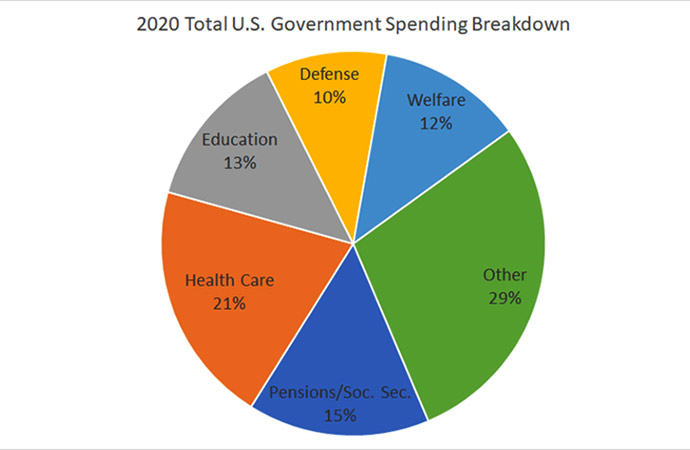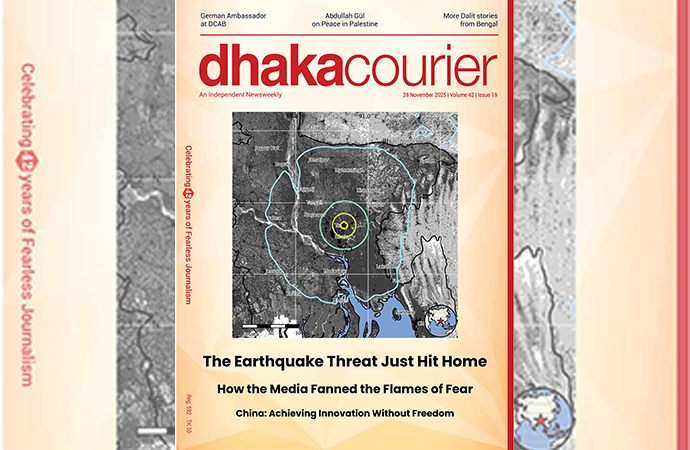Nature

The partial solar eclipse is partially framed by young girls jumping on a trampoline in the outskirts of Lahore, Pakistan, Tuesday, Oct. 25, 2022. People around the world gathered Tuesday to witness the last solar eclipse of the year, a phenomenon where the moon briefly casts a black shadow that blocks the sun. It was visible today across Europe, western Asia, northeastern Africa and the Middle East. Photo: AP/UNB
Much of Europe and parts of Africa and Asia saw the moon take a bite out of the sun during the second and last solar eclipse of the year.
The partial eclipse took about four hours. At its peak, the eclipse covered more than 80% of the sun.
A solar eclipse happens when the moon's path crosses in between the Earth and the sun, blocking out the sun's light. In a partial eclipse, the three aren't perfectly aligned - so a crescent of the sun still peeks out.
The next solar eclipse is in April - a rare hybrid kind that will appear as a total eclipse across parts of Australia and Asia.
From the Associated Press

























Leave a Comment
Recent Posts
Have we freed the courts?
Years down the line, we may well look back on it as the interim govern ...
Will the proposed Dhaka Centra ...
The sun rises over the capital’s seven historic colleges, castin ...
A treasure-trove of ideas, forms, and colours
More than 156,000 expatriate Bangladeshis residing i ..
Roots in Rome, Heart in the Carpathians
The search for the missing Malaysia Airlines flight ..